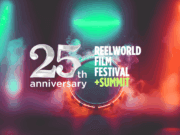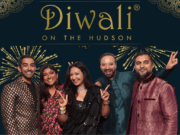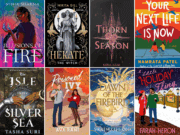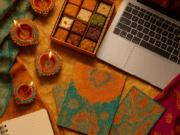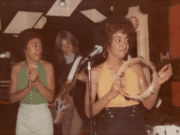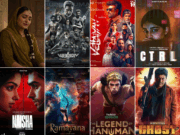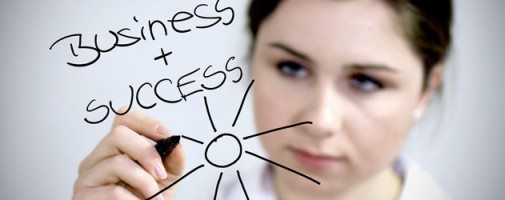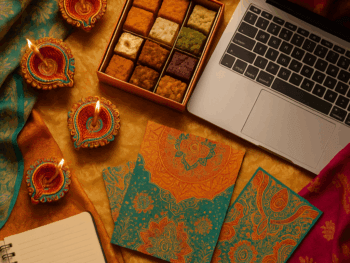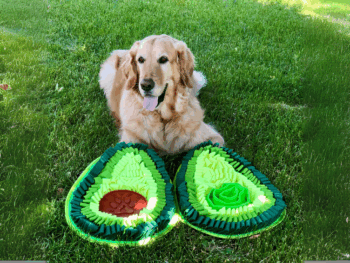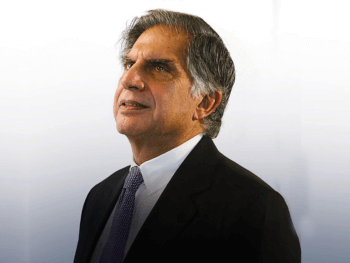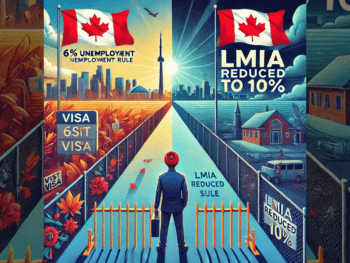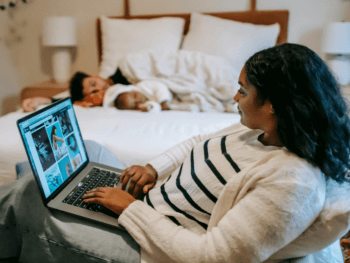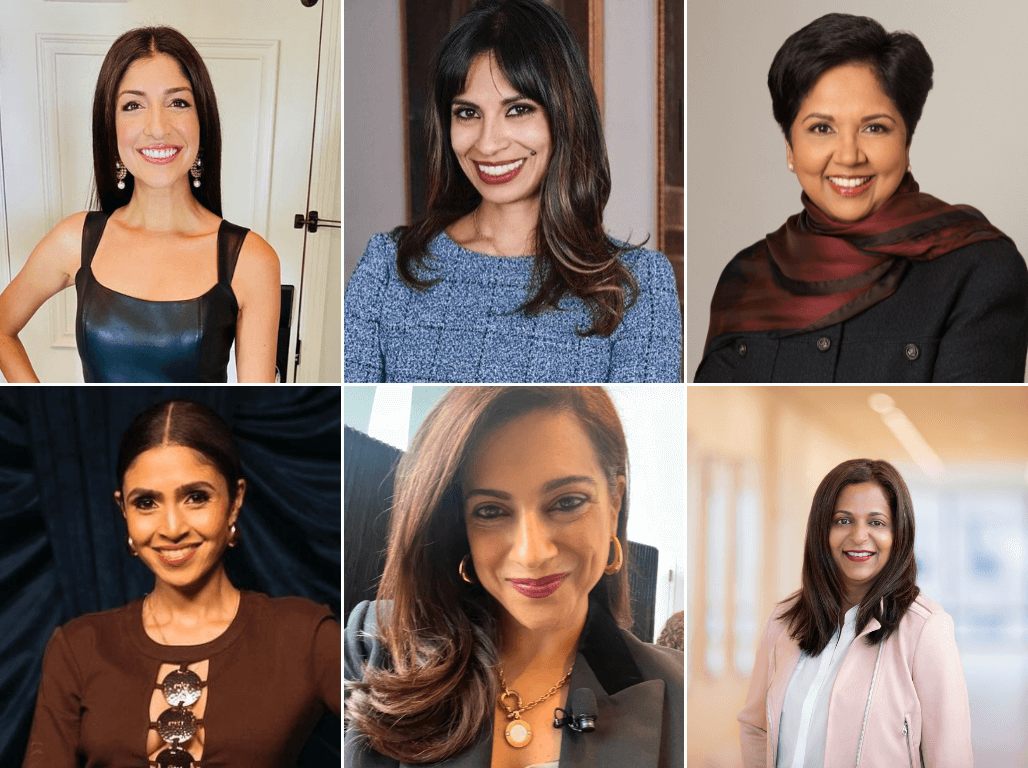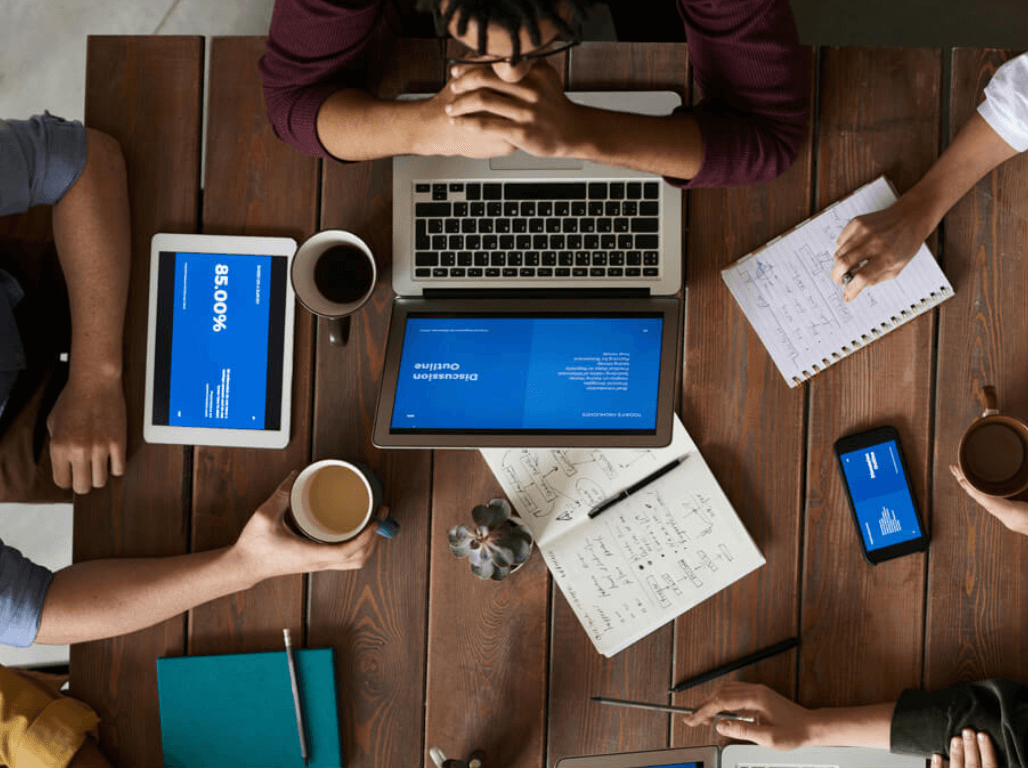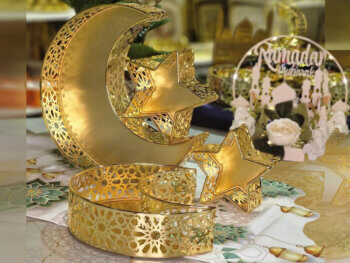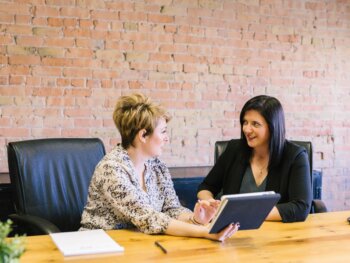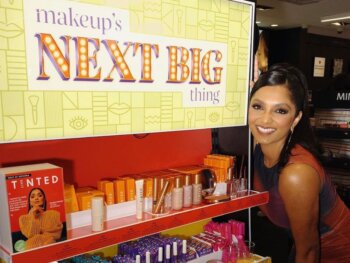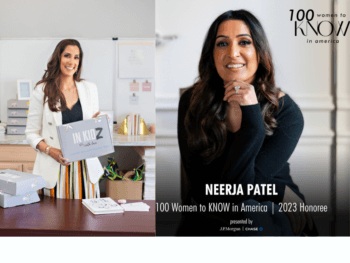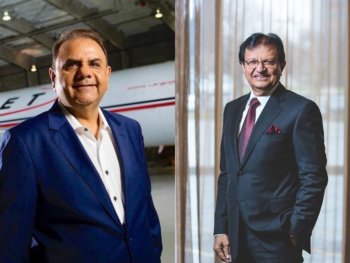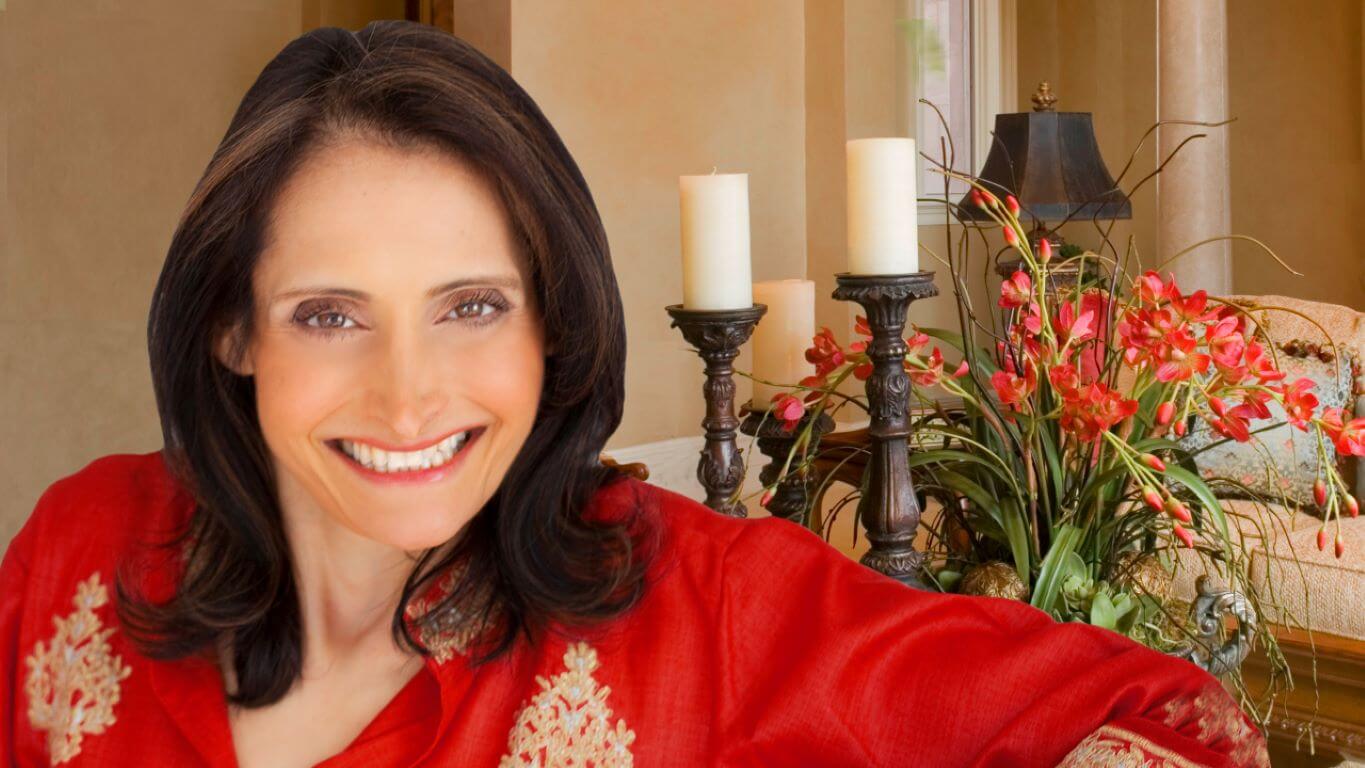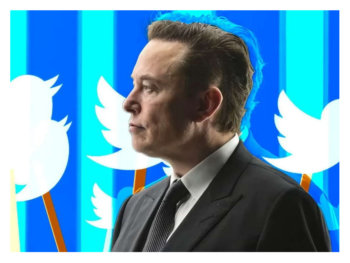While being a homemaker and a housewife is a job in itself. Successful entrepreneur, working mom and inventor, Dr. Tamara Monosoff serves as an inspirational role model to millions of stay-at-home moms who wants become inventors themselves.
While many women want to create their own businesses, they lack the right tools. Monosoff’s work has been dedicated to help guide women with advice, guidance, and warnings that women can use to reconcile their daily demanding lives as mothers and emerging business women.
Dr. Monosoff’s new book How Hot Is Your Product serves as a guide to budding women entrepreneur. In her past, she has published books titled The Mom Inventors Handbook in 2005 and Secrets of Millionaire Moms, which hit the bookstores globally in 2007.
Anokhi interviews Monosoff on her new book.
What inspired you to write How Hot Is Your Product?
It is funny… but in many ways this should have been my first book because it is really the “first step” to launching a product. Having written four books ranging from inventing to business planning, to social media and marketing, I have met many women – and men- who have launched product-based companies.
Far too often I have met people who have invested a tremendous amount of time and money on all the steps to develop a product but then have found out (too late) that either the market was inadequate or that they could not make and sell it at a price that would enable them to earn a profit.
And, unless it is merely a hobby–or a venture funded endeavour– profit is the most fundamental requirement of a small business. This book is the tool that equips aspiring product entrepreneurs to carefully assess the marketability and profitability of their product before they invest their money and time in developing it.
Your books are really inspirational and allow women to have opportunities to become working moms and create their own capitals, however, what are some of the most common challenges do you think women face when trying to create their own products or becoming entrepreneurs?
Women face many of the same challenges men face yet they are also often the primary child caregivers and the ones expected to maintain the household. This is particularly true in traditional cultures and homes. In addition, since traditionally women have not been in the workforce as long, they may lack the professional business experience and network. Therefore, having the time, energy and connections needed to launch a business can be an added challenge.
I will also say that, in my opinion, women have some advantages as well. From what I have seen first-hand, I know that women are extremely creative, resourceful, and natural problem solvers. Also, because women seldom have the luxury of free time, they tend to be very focused with the limited time they do have.
 What are the most common mistake entrepreneurs make?
What are the most common mistake entrepreneurs make?
The reason I co-authored this book is that, way too often product entrepreneurs follow a three step approach in this order: 1- Launch, 2- Plan, 3- Assess the market opportunity. This order is backwards. Each of us only has a limited amount of free time, available capital to invest, and energy. And there are limitless ways we can choose to focus those valuable resources. So, the choice should be made carefully driven by knowledge.
How is this book different from all the other previous successful books that you have worked on?
First, I would say that I know more now than I knew when I wrote each of my previous books; which has been true each time I write a new one.
In terms of the book’s content, this book is the first step of the 3-Step process I mentioned earlier. 1- Assess the market opportunity, 2- Plan, 3- Launch.
People tend to resist this step as it is initially much more satisfying to start talking to patent attorneys, making prototypes or hiring designers. But, I have already seen the benefits to those who use this system.
In some cases, people have been so energized by this knowledge that their confidence spiked. Others have been relieved to have been able to decide to pursue other options instead based on their informed findings.
This book is also different in that I co-authored it with my husband, Brad Kofoed. And, while we had an opportunity to go with a major publisher, we chose to self-publish. This is also the first book with which I have developed a comprehensive system including a workbook, 22 instructional videos, and new mentoring programs.
What questions one must ask before taking the plunge?
The two big questions this system seeks to help inventors answer are:
1) Is there a big enough market for my product?
2) Can I make enough profit if I make and sell it?
What is your advice on South Asian Products in the North American market?
I believe that there are some universal truths in this kind of business:
People spend money on products if they perceive it to have value. In other words, they will buy the product if it addresses a need that they have. Therefore, I believe that if a product entrepreneur anywhere in the world determines, through careful research, that their product will do this, they will be successful.
The other maxim I have always used when advising product entrepreneurs, when they just don’t know what customers think: “Ask them and LISTEN to their answers.” It is amazing to me how frequently people do not want to hear the truth from customers.
Feature Image & Source: http://www.bizplancompetitions.com
Sources: Twitter, mominventors.com, richelleshaw.com, Gretchen Pahia/PitchPublic Relations







